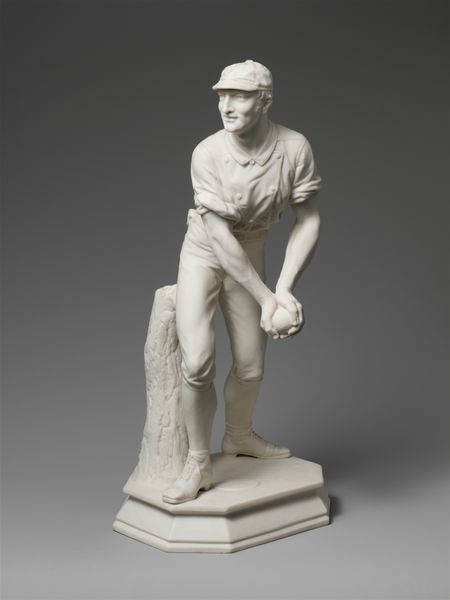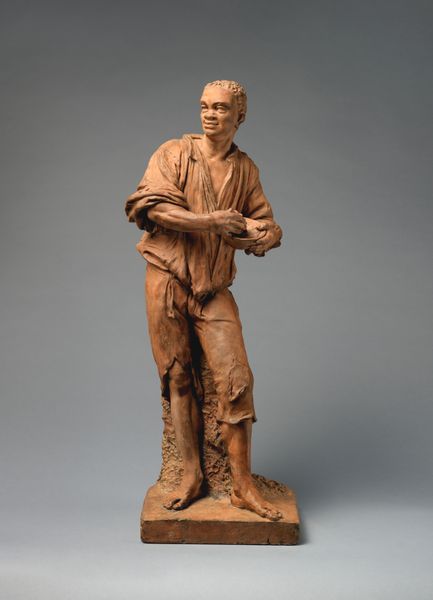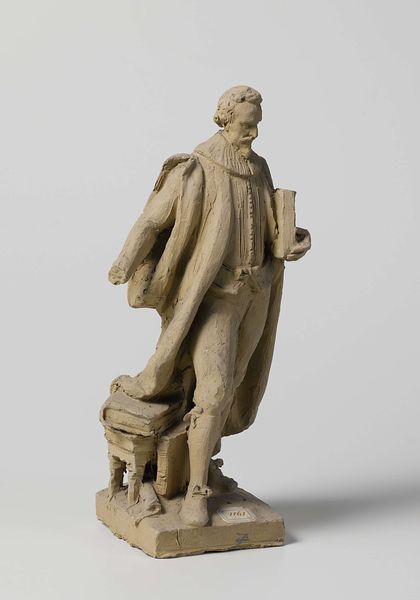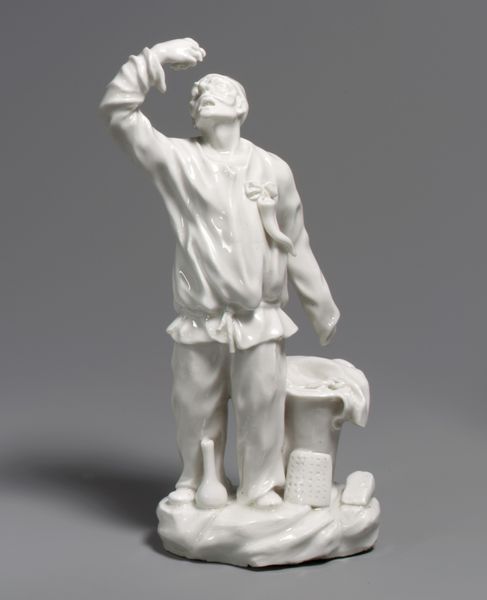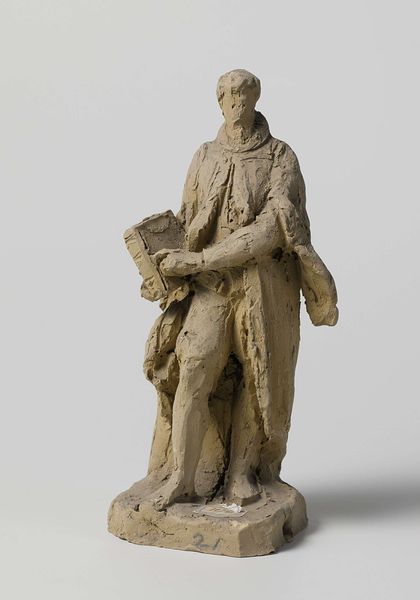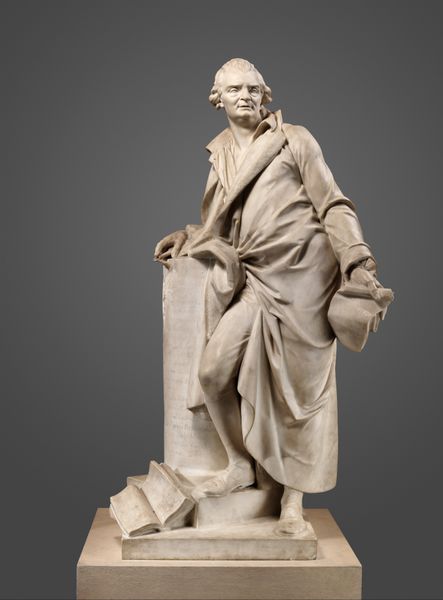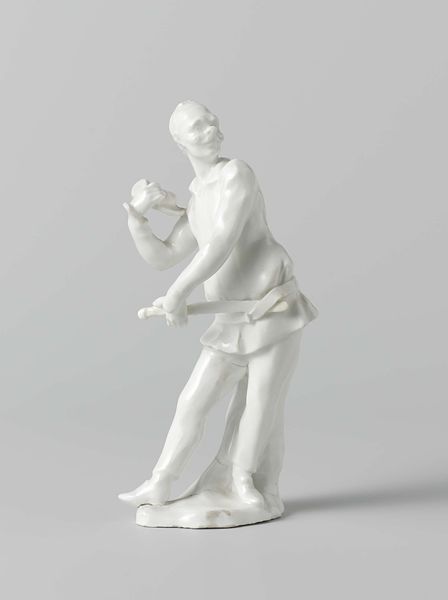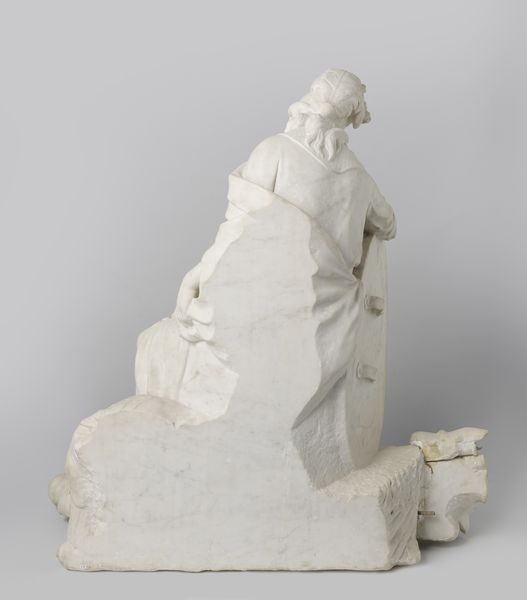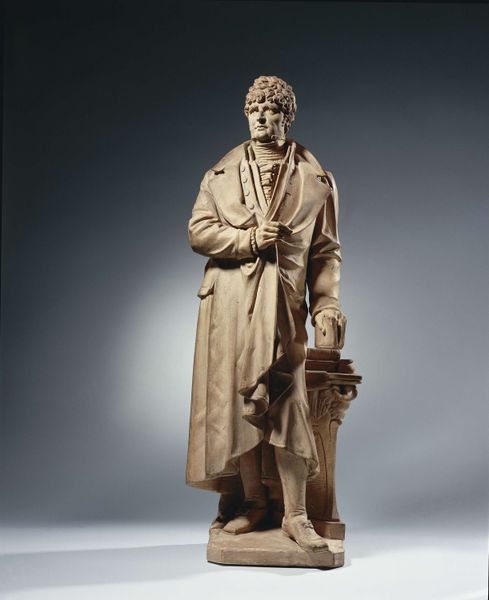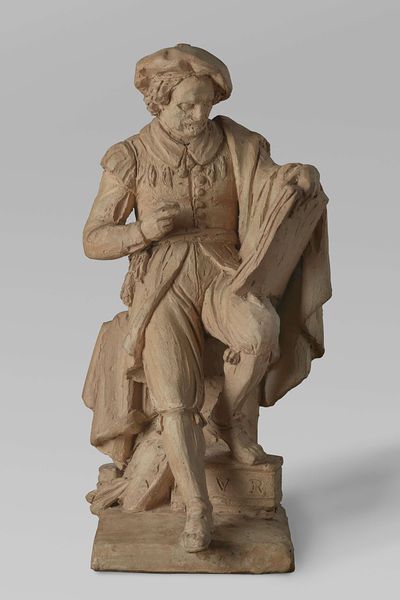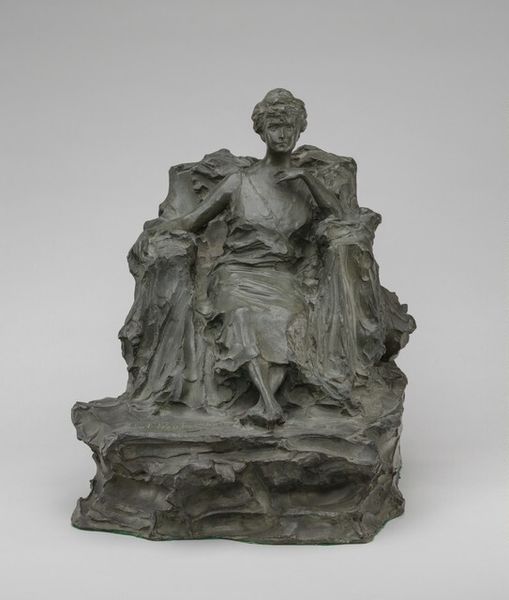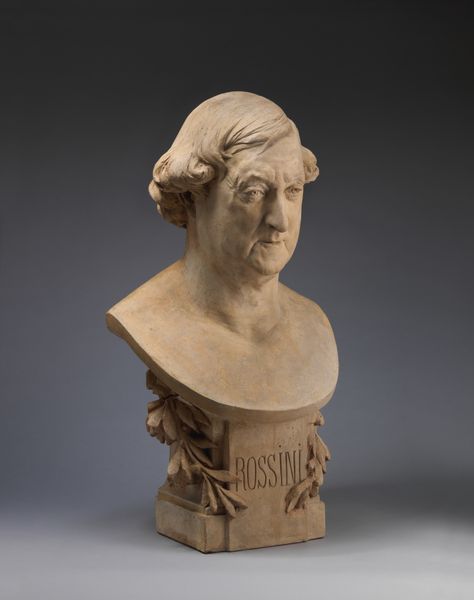
sculpture, marble
#
portrait
#
neoclacissism
#
sculpture
#
figuration
#
sculpture
#
men
#
united-states
#
academic-art
#
marble
#
realism
#
statue
Dimensions: 74.9 × 29.2 × 29.2 cm (29 1/2 × 11 1/2 × 11 1/2 in.)
Copyright: Public Domain
Editor: We're looking at "The Machinist," a marble sculpture by Emma Stebbins, from around 1859, residing at The Art Institute of Chicago. There's a certain stillness, even nobility, in its depiction of labor. It stands in contrast to some more Romantic notions of work. How do you see this work fitting into the context of 19th-century America? Curator: That's a keen observation. Stebbins’s work reflects the changing perceptions of labor during industrialization. It moves beyond simple Romanticism, as you say, engaging with the public perception of industry. Stebbins depicts the "common man," celebrating the machinist and connecting him to a Neoclassical ideal. Note how the marble elevates the subject; What do you think it signifies to immortalize a working man like this in such a prestigious medium? Editor: It feels almost radical, imbuing someone from the working class with a heroic or even god-like status, usually reserved for historical figures or mythological heroes. Was this common for sculptors at the time? Curator: Not particularly. While Realism sought to depict everyday life, the Neoclassical style was generally used to evoke ideals of citizenship and leadership. By merging these two, Stebbins is commenting on the vital role of industry in the evolving American identity. Consider how Stebbins, a woman sculptor, chooses to depict a man in a working-class role. It is both a class and gendered statement, don’t you agree? Editor: Absolutely, it feels like a powerful assertion. I hadn't considered the impact of the sculptor being female. Seeing a female sculptor represent a man in this way certainly impacts how it might have been viewed at that time. Curator: Precisely. And reflecting on these power dynamics makes us see the sculpture as a document of its time and as a lasting testament to changing social values. It speaks volumes about whose stories are valued and deemed worthy of preservation. Editor: I learned that, while this seems like a straightforward depiction, it is far from it, containing complex ideas of labor, class, and the role of public art in shaping our perception of both. Thank you.
Comments
No comments
Be the first to comment and join the conversation on the ultimate creative platform.

